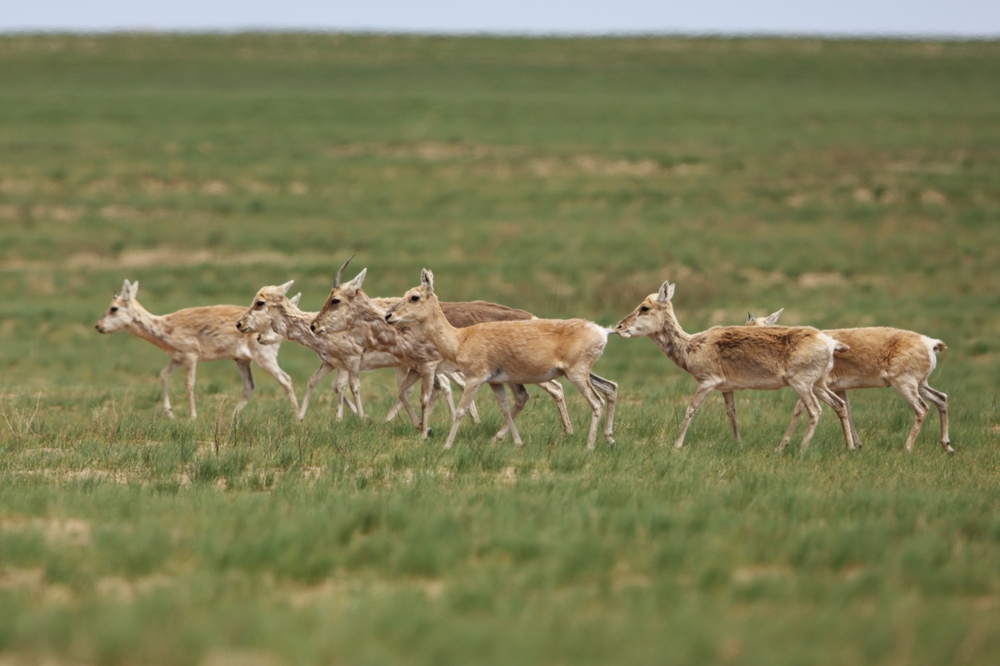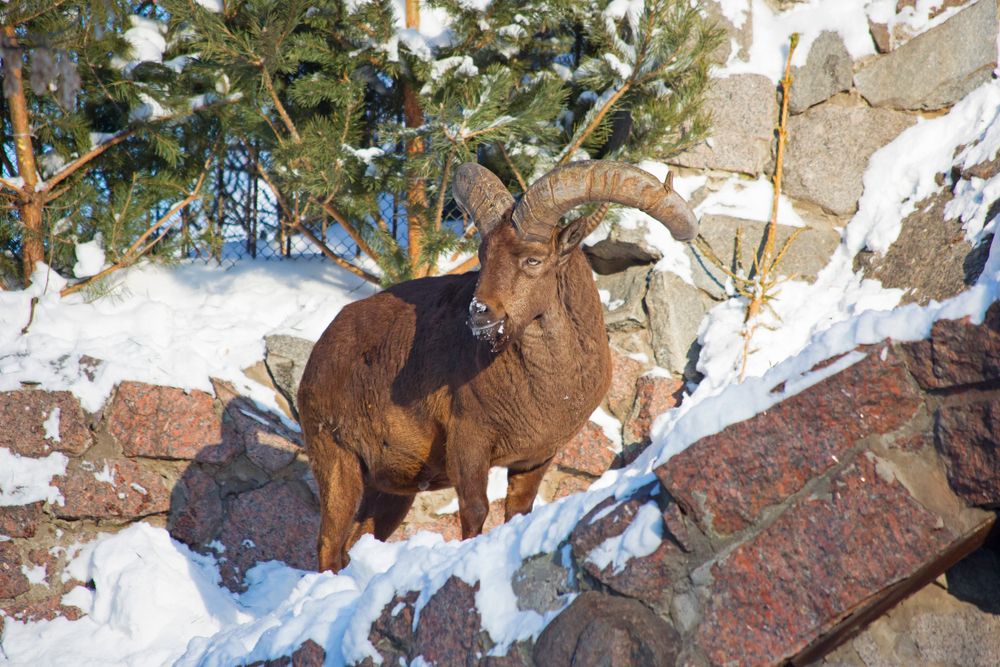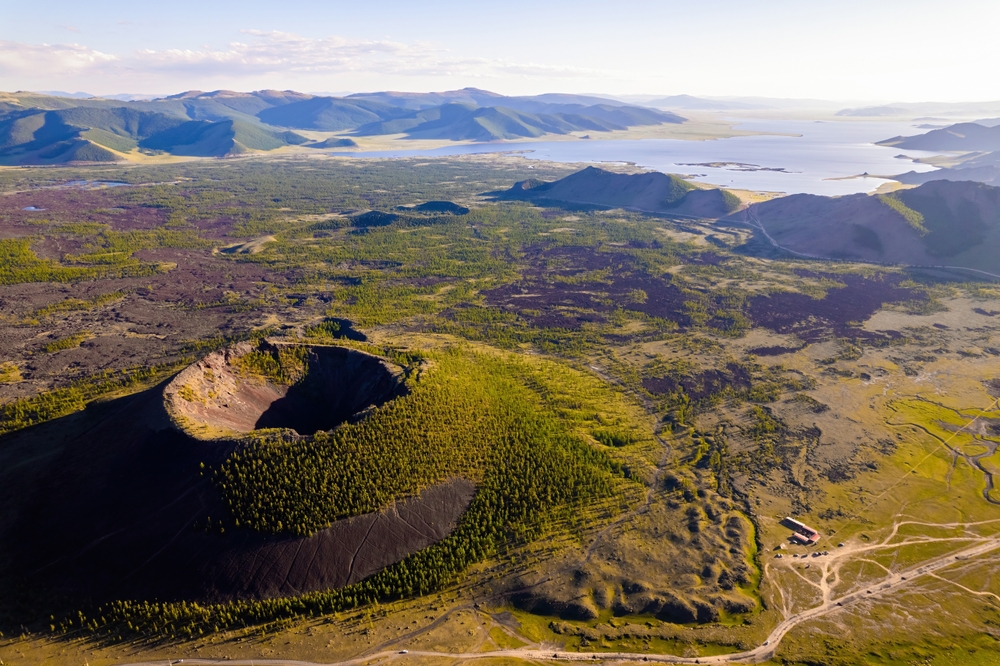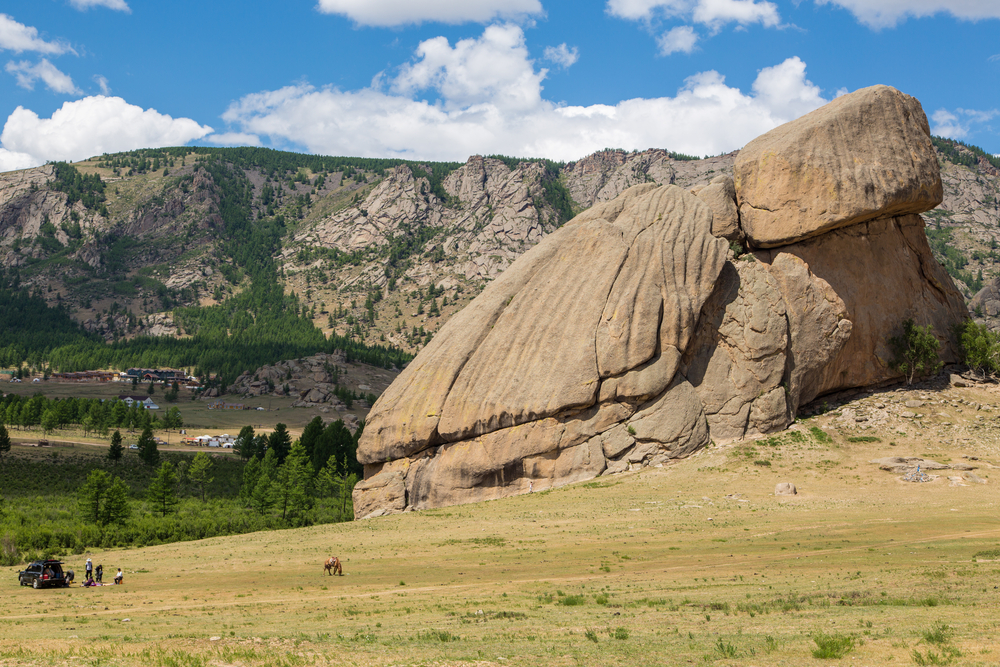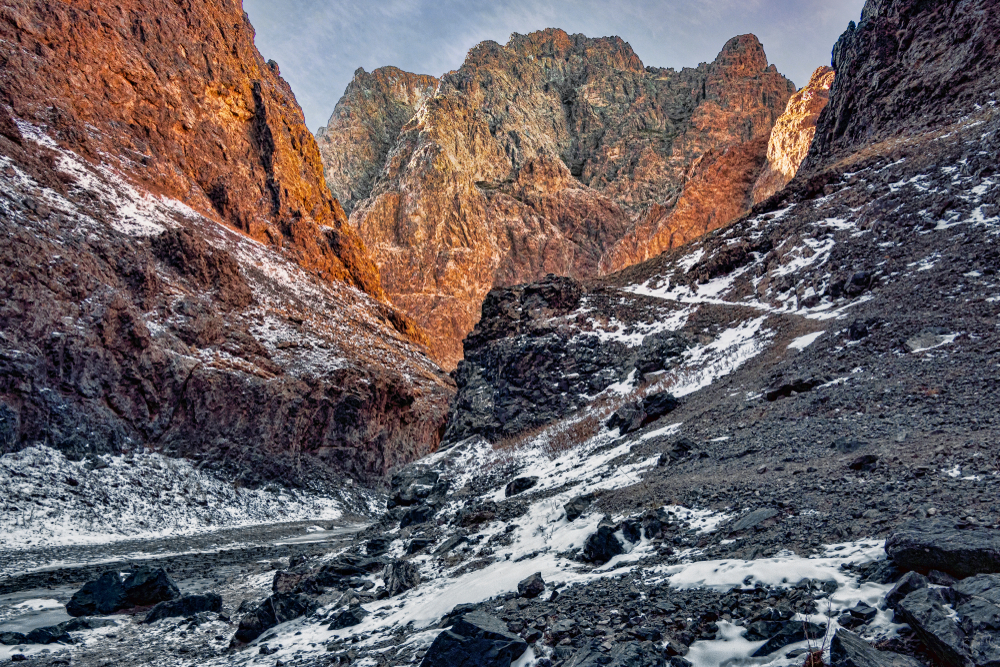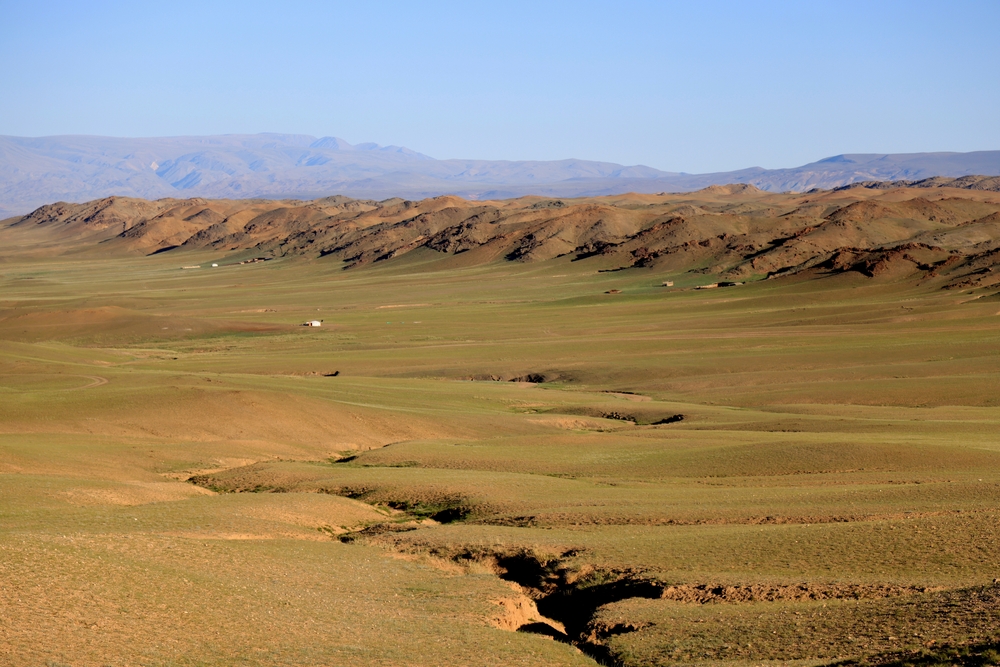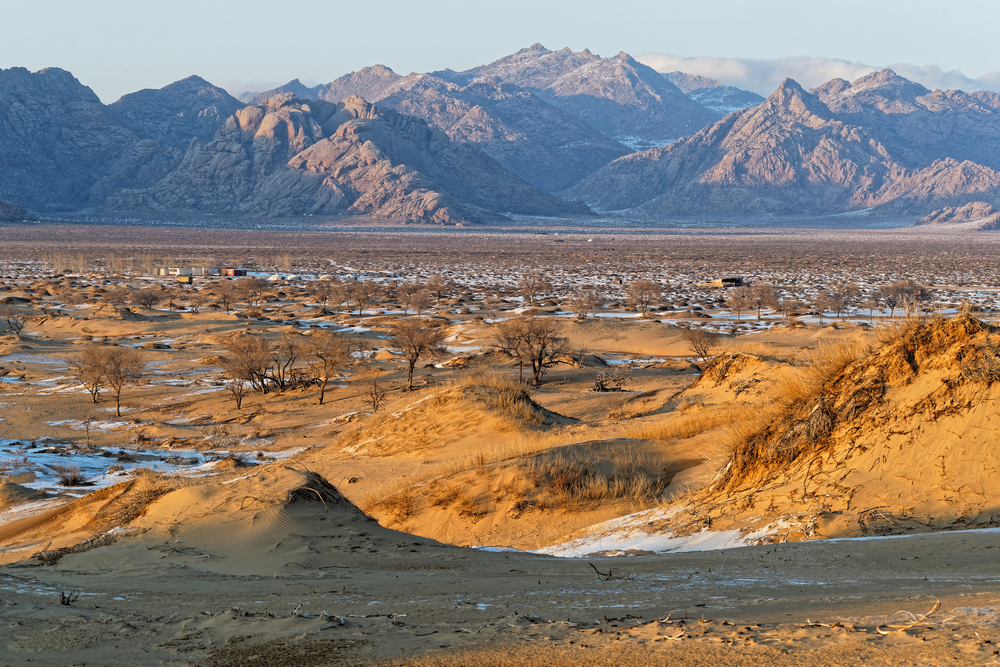Numrug Overview
Numrug National Park, located in eastern Mongolia near the borders of China, is a remote and pristine area of incredible natural beauty. Known locally as “Нөмрөгийн байгалийн цогцолборт газар” (Nomrög Baygaliin Tsogtsolbort Gazar), the park spans approximately 2,660 square miles (6,900 square kilometers).
Situated in the Dornod Province, it is part of the expansive Daurian steppe eco-region and holds a crucial place in the preservation of the region’s unique biodiversity and cultural heritage. The terrain of Numrug National Park is characterized by rolling steppes, forested valleys, rugged mountains, and riverine systems. Key features include the Khalkh River and Numrug River, which meander through the park, supporting rich vegetation and providing a lifeline for the area’s wildlife.
The park’s forests consist primarily of larch, birch, and Siberian pine, interspersed with grassy meadows and marshlands. Its diverse landscape creates a stunning mosaic that shifts with the seasons, from verdant greens in summer to the golds and reds of autumn.
The wildlife in Numrug National Park is both diverse and remarkable, reflecting the transitional nature of the Daurian steppe ecosystem. Visitors may encounter majestic ungulates such as the Mongolian gazelle and red deer, along with predators like the gray wolf and the elusive Pallas’s cat.
The park is also home to a variety of bird species, including the globally threatened saker falcon, demoiselle crane, and steppe eagle, making it a haven for birdwatchers. The rivers and wetlands within the park support fish, amphibians, and a variety of waterfowl, enhancing its ecological richness.
Numrug National Park’s remoteness is one of its most appealing features for those seeking solitude and immersion in nature. The park offers opportunities for wildlife observation, photography, and hiking along its rugged trails. The cultural significance of the area also draws visitors, as it is interwoven with the traditional nomadic lifestyles of the local Mongol communities. These communities maintain a deep respect for the land, with their yurts and herds of livestock adding a human element to the park’s sweeping vistas.
Despite its natural beauty, Numrug National Park faces conservation challenges, including the impacts of climate change, illegal hunting, and habitat loss from human activities. However, significant strides have been made in its management, including community-led initiatives and collaboration with international conservation organizations. These efforts aim to safeguard the park’s biodiversity while promoting sustainable practices among local communities.
Numrug National Park stands as a testament to Mongolia’s commitment to preserving its natural and cultural treasures. Its untouched landscapes and rich biodiversity make it an unparalleled destination for those seeking adventure, tranquility, and a deep connection to nature.








































































